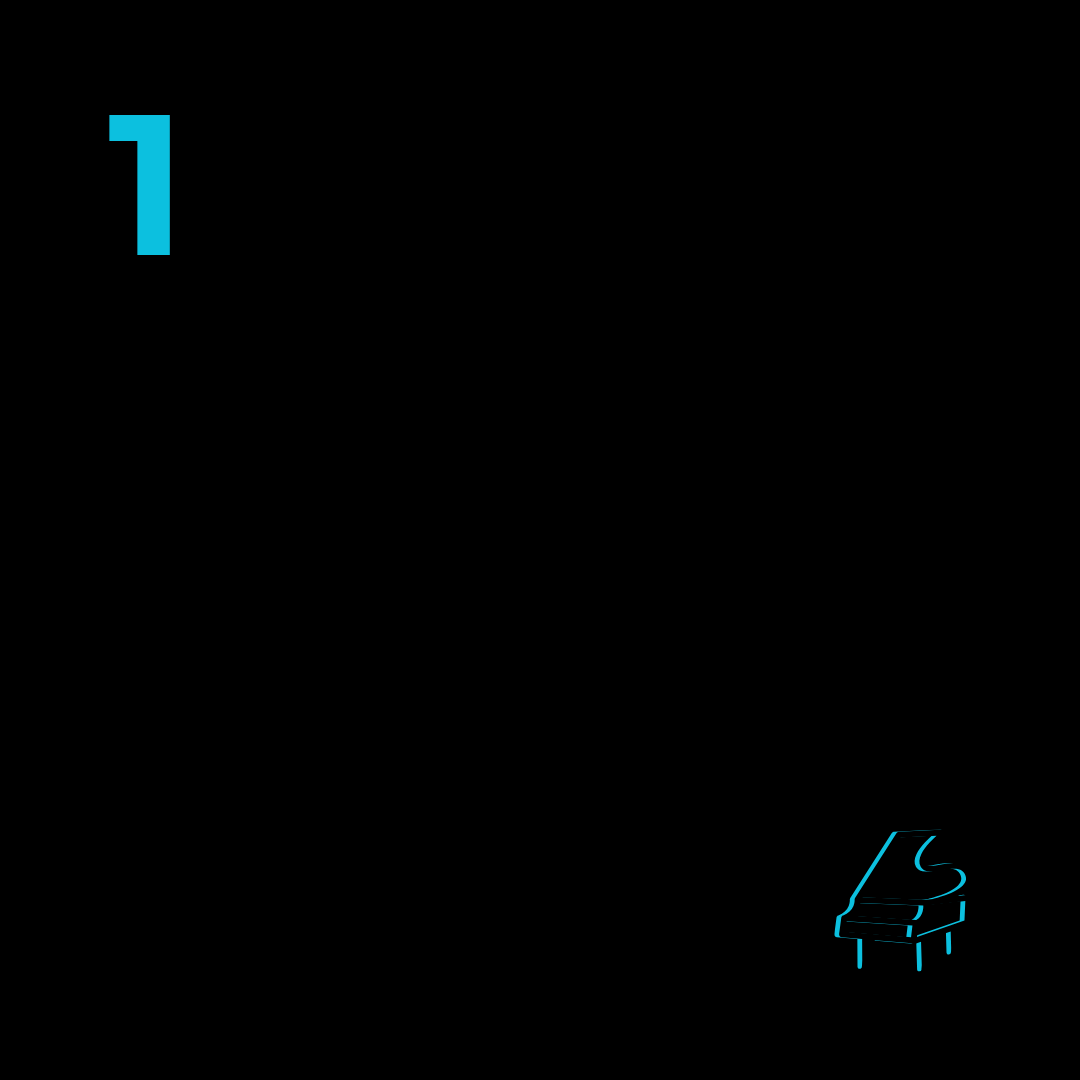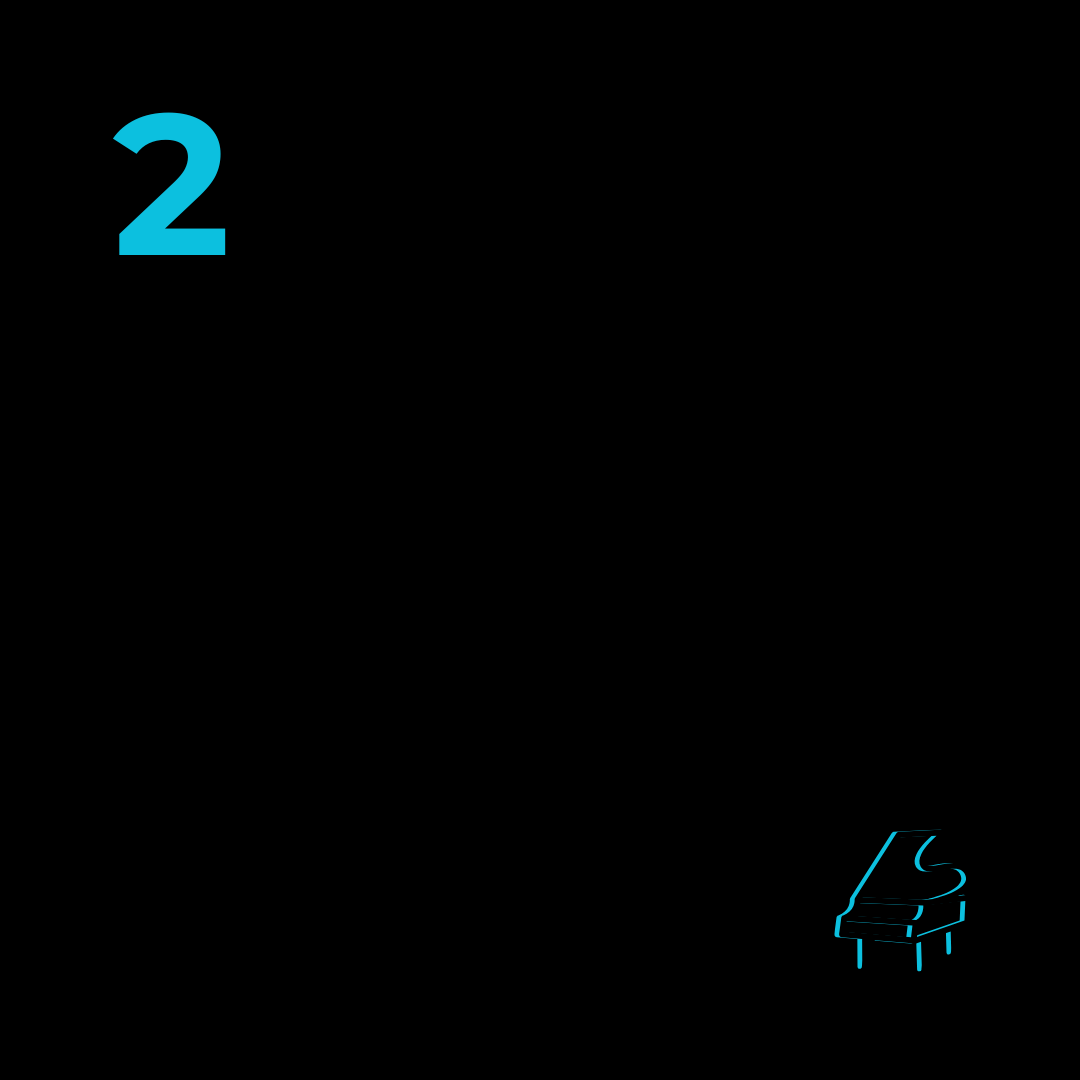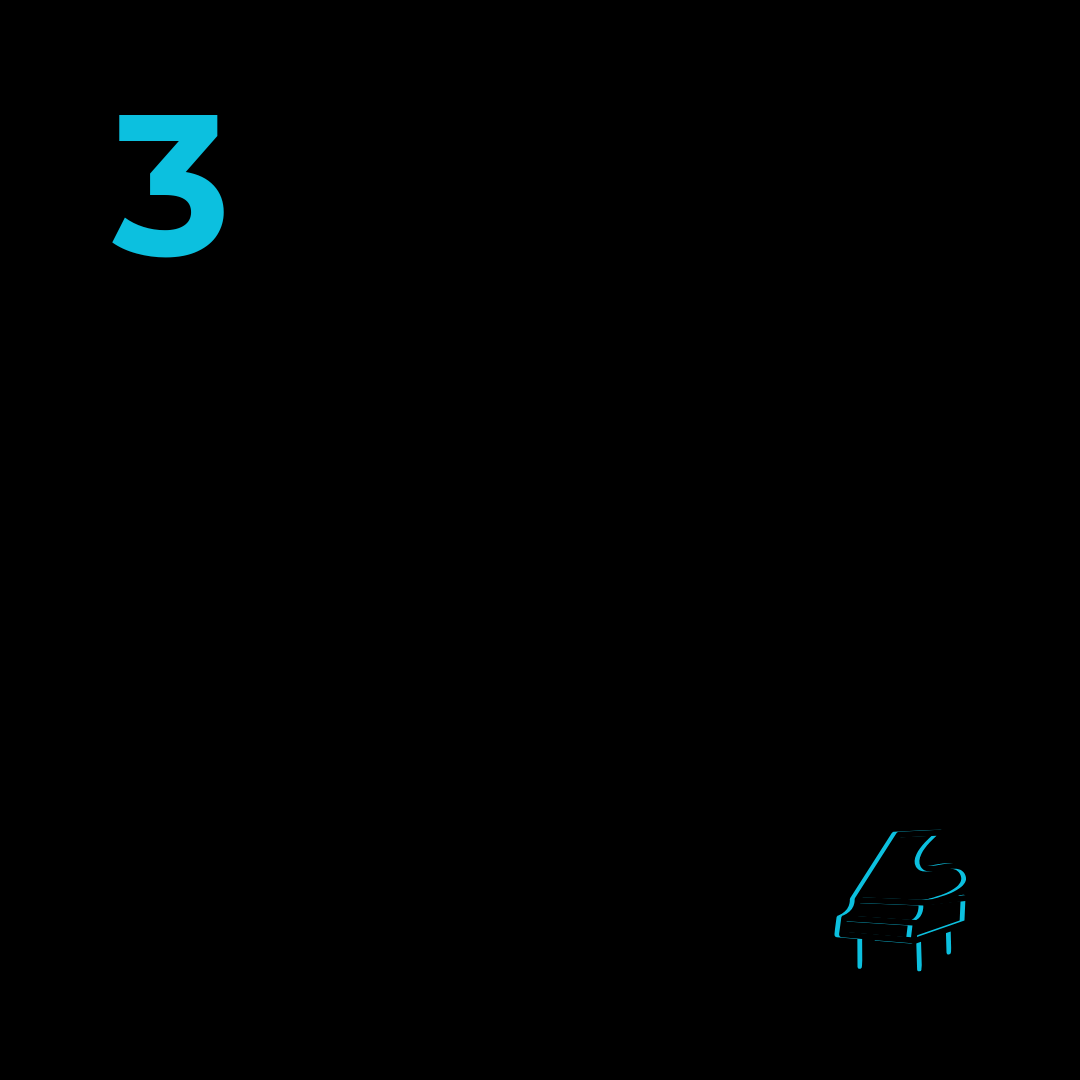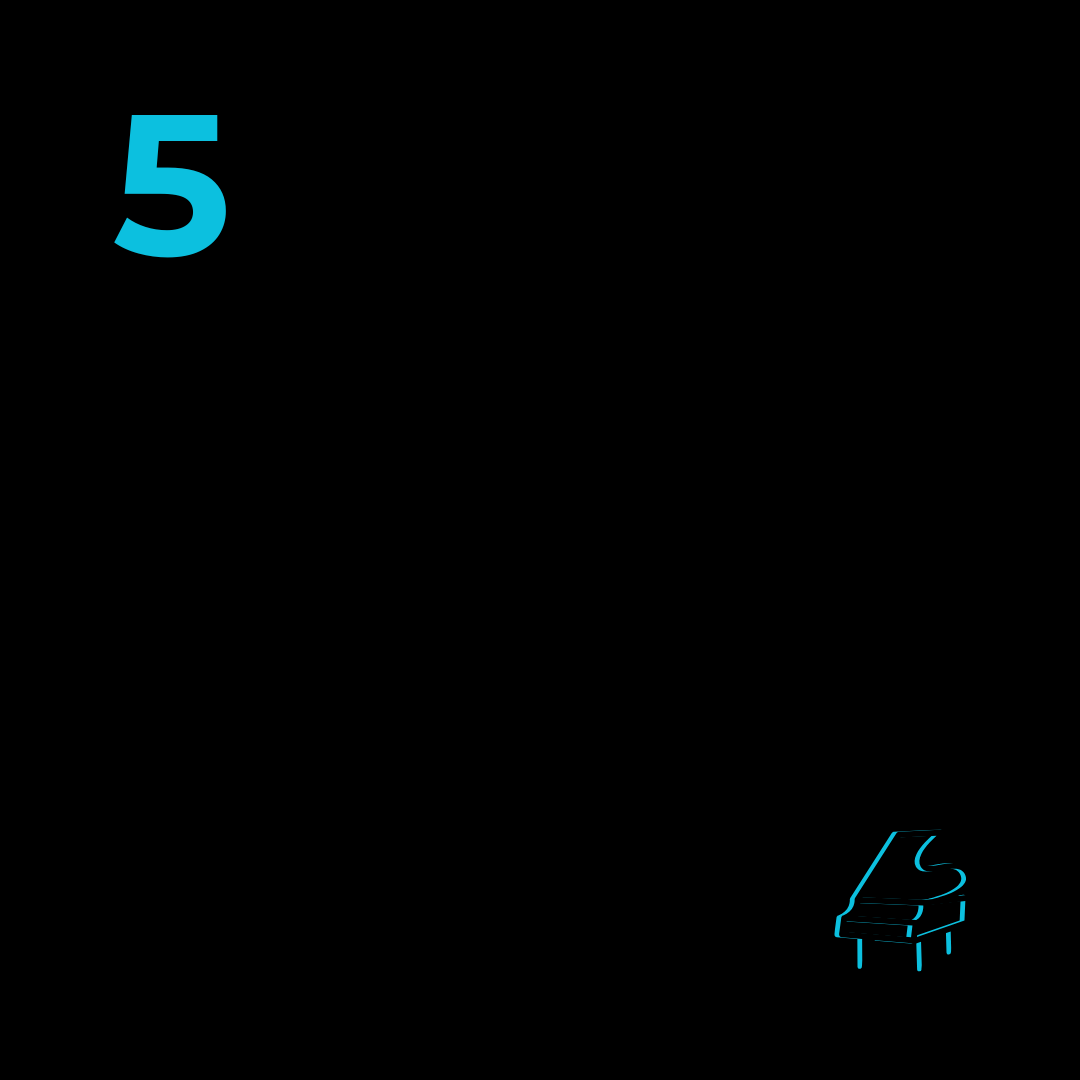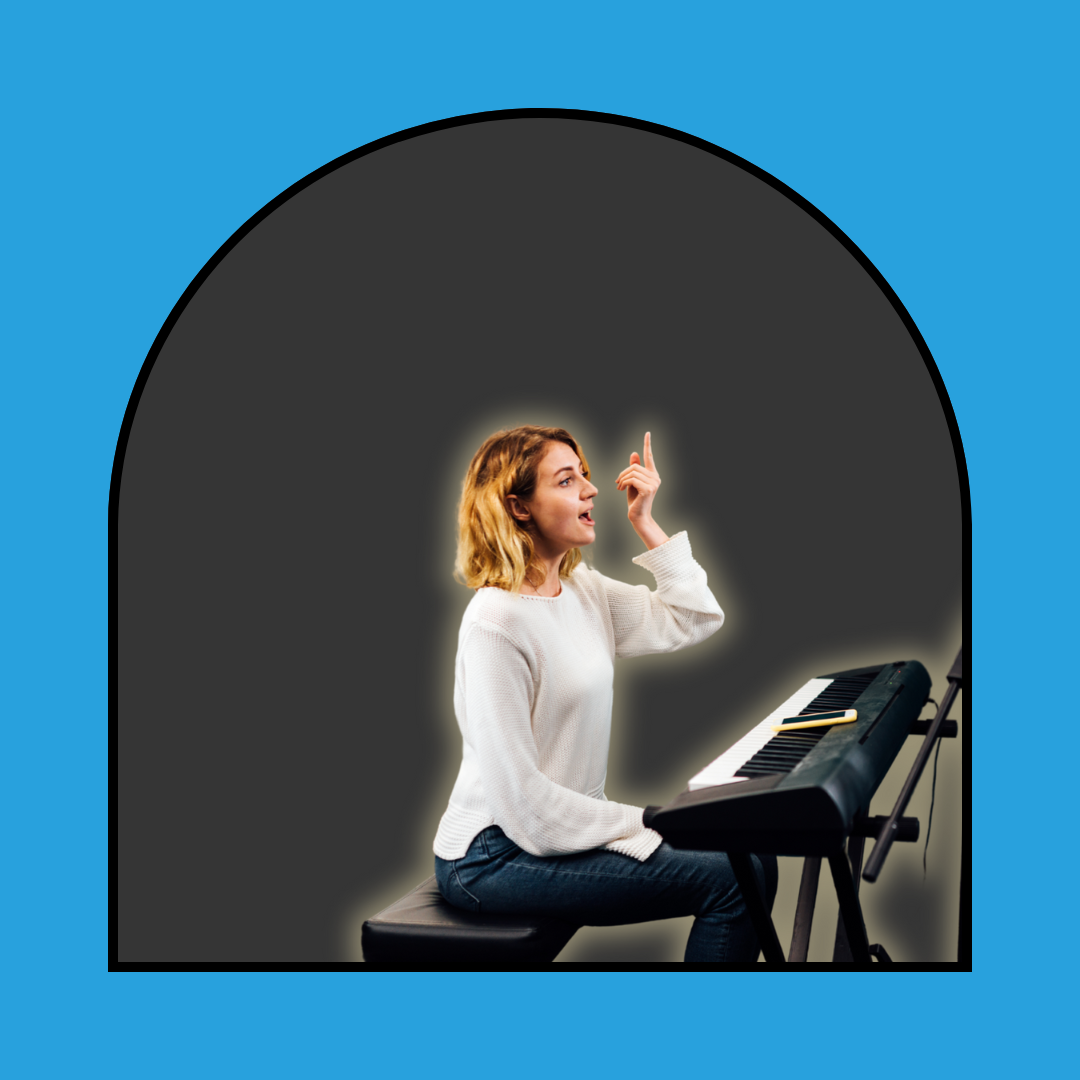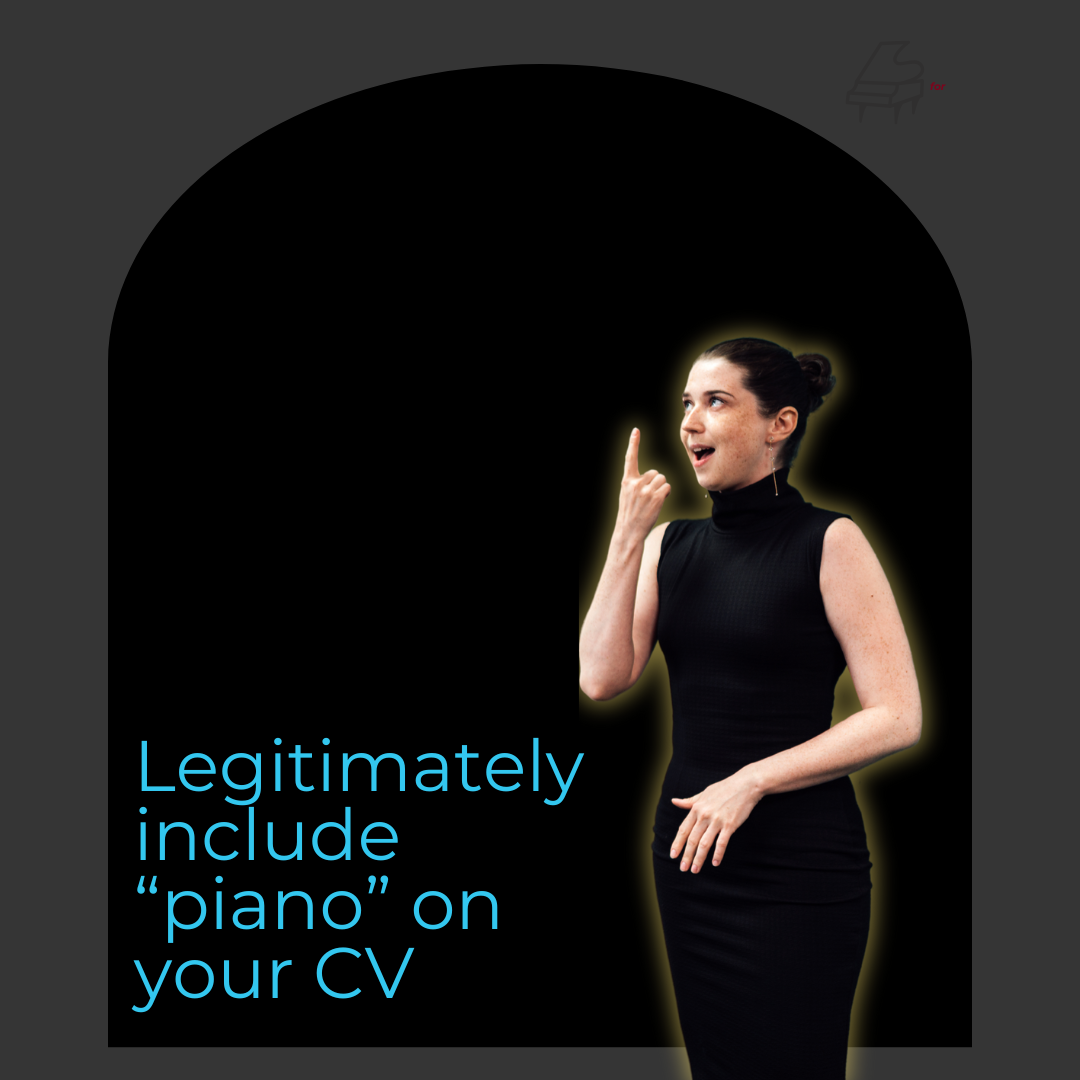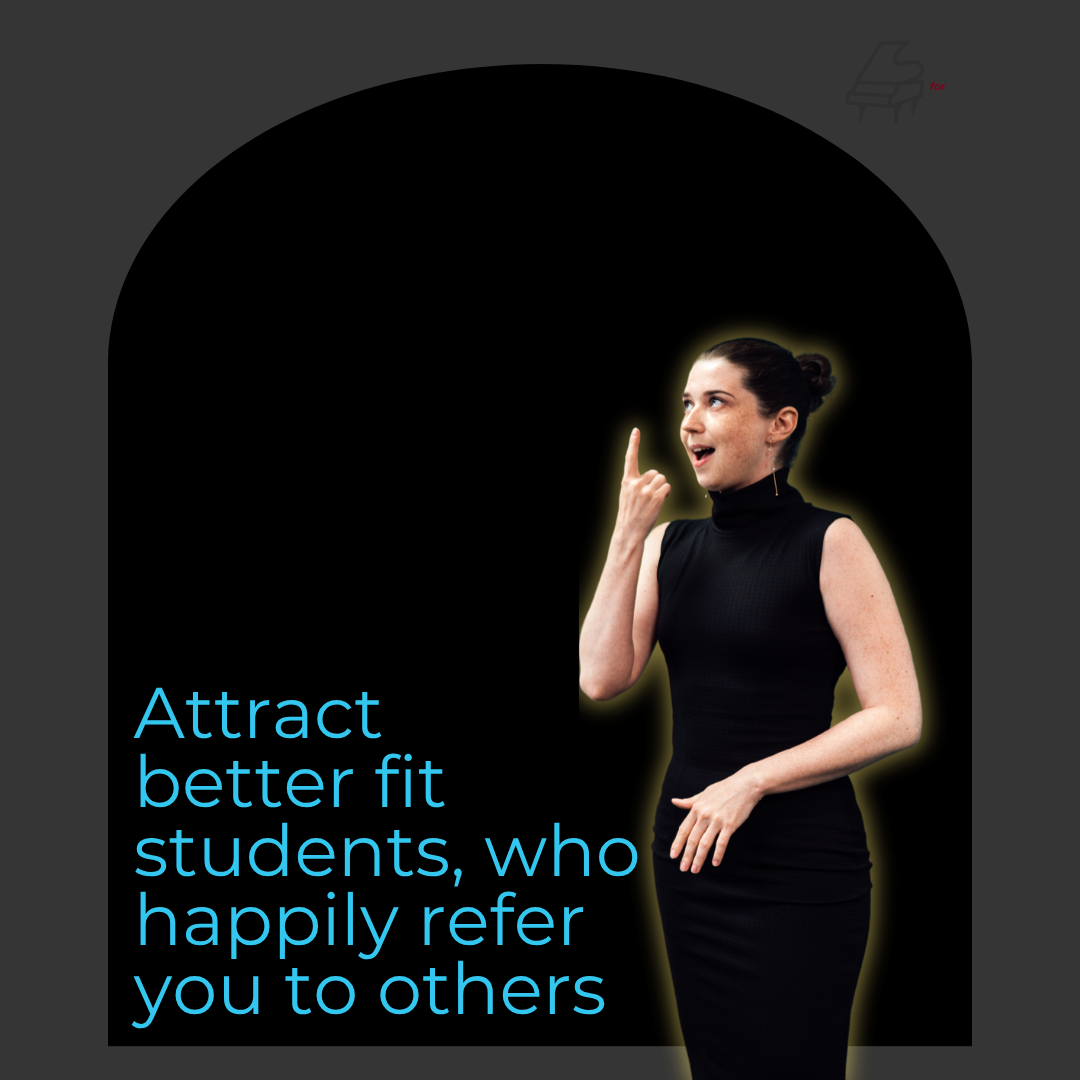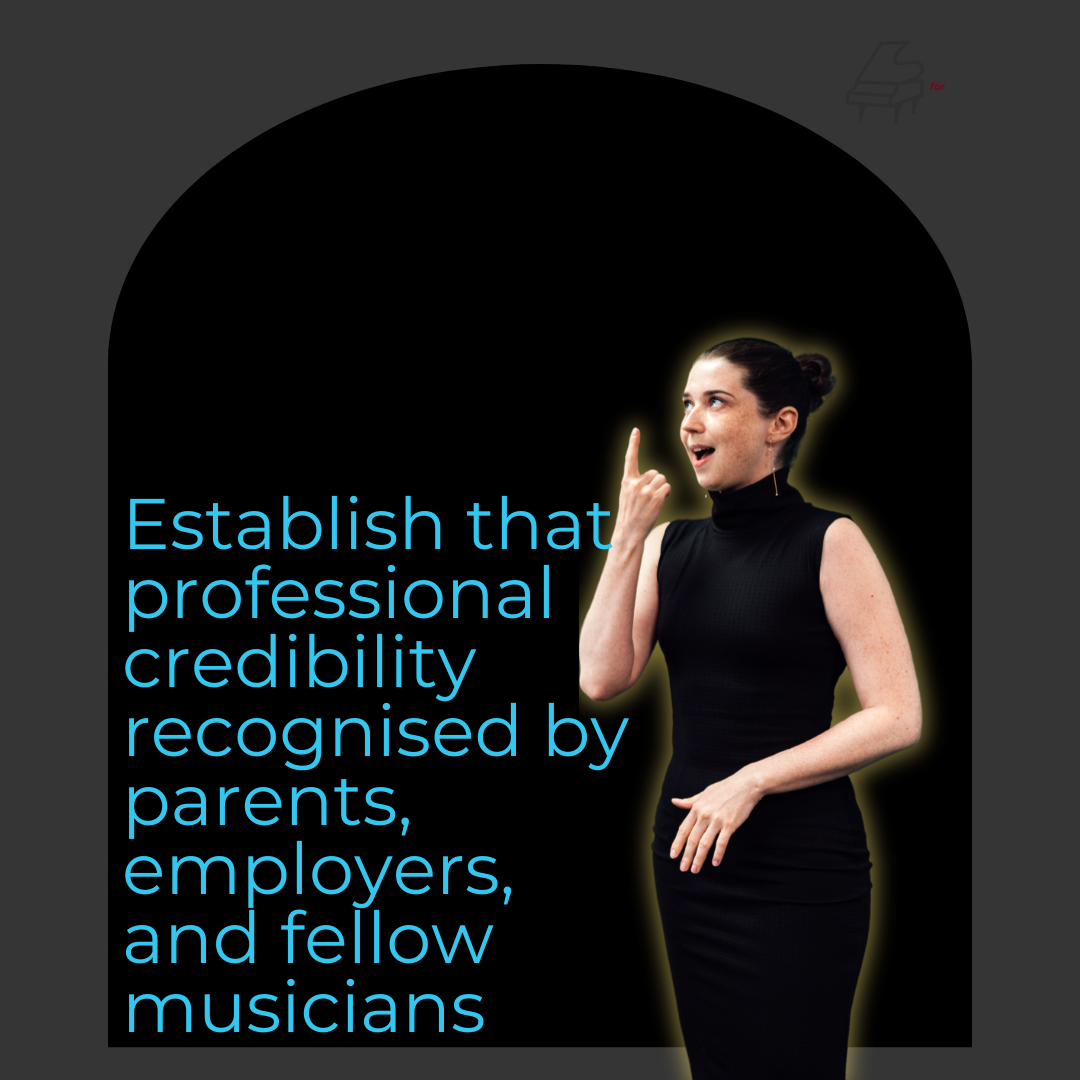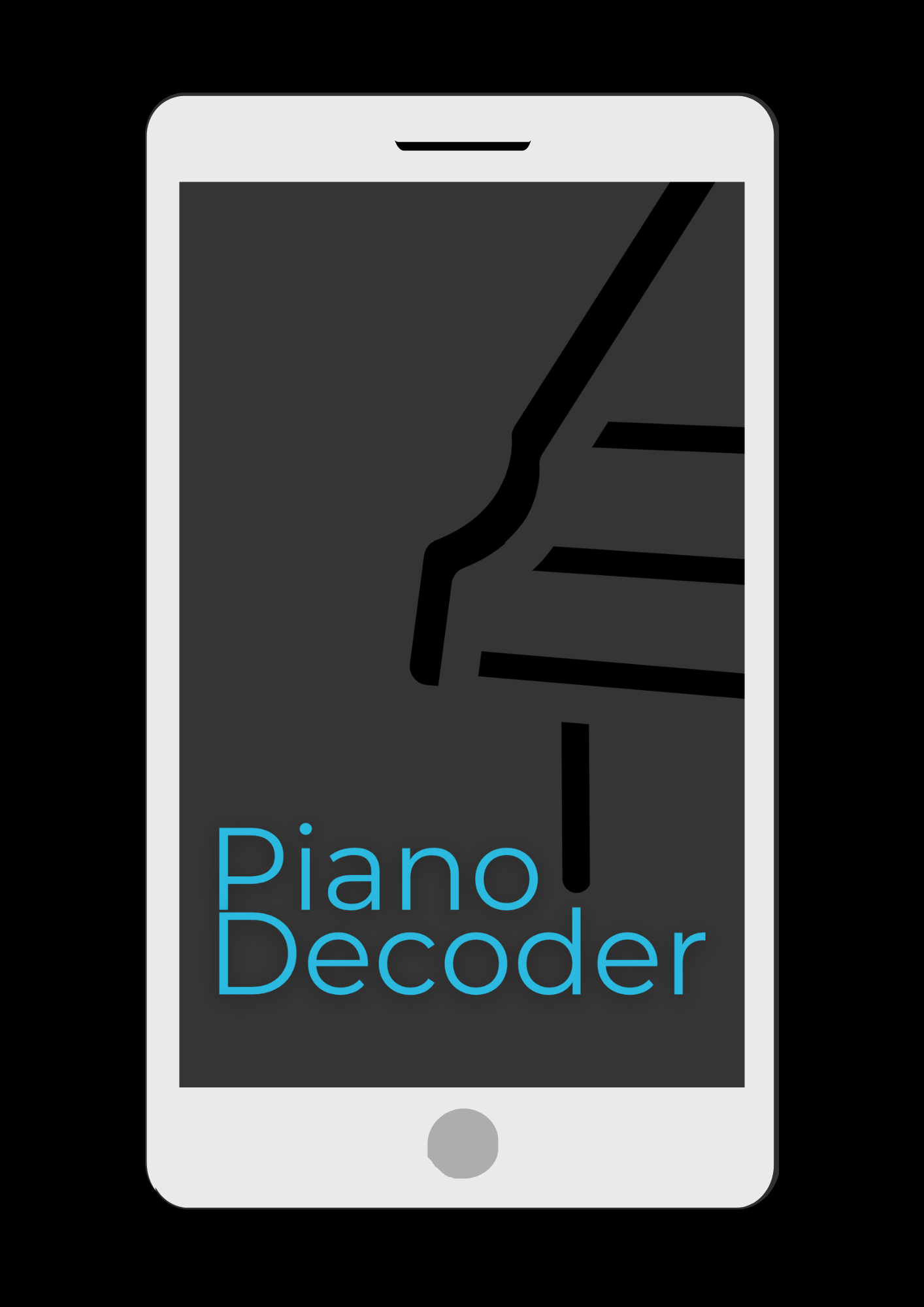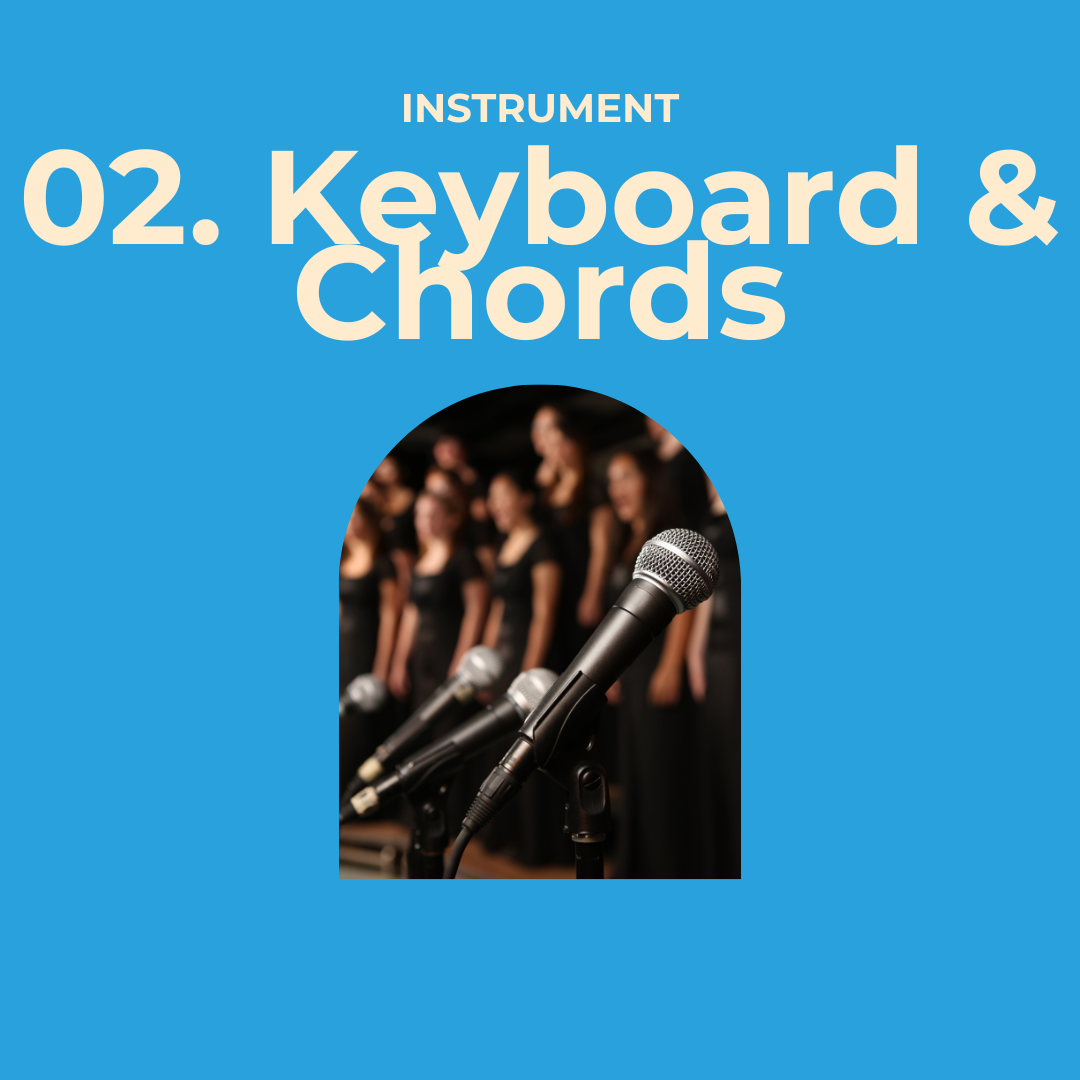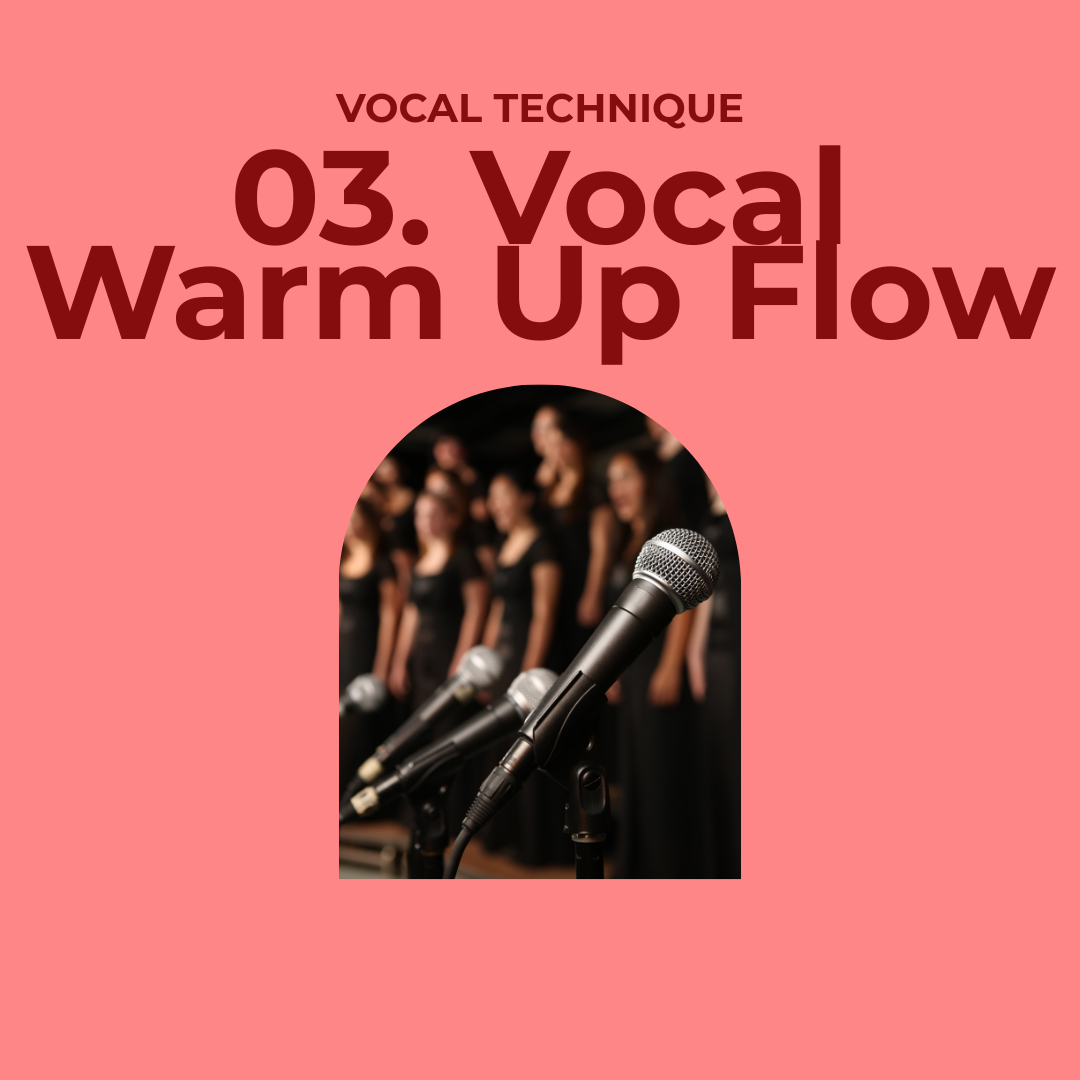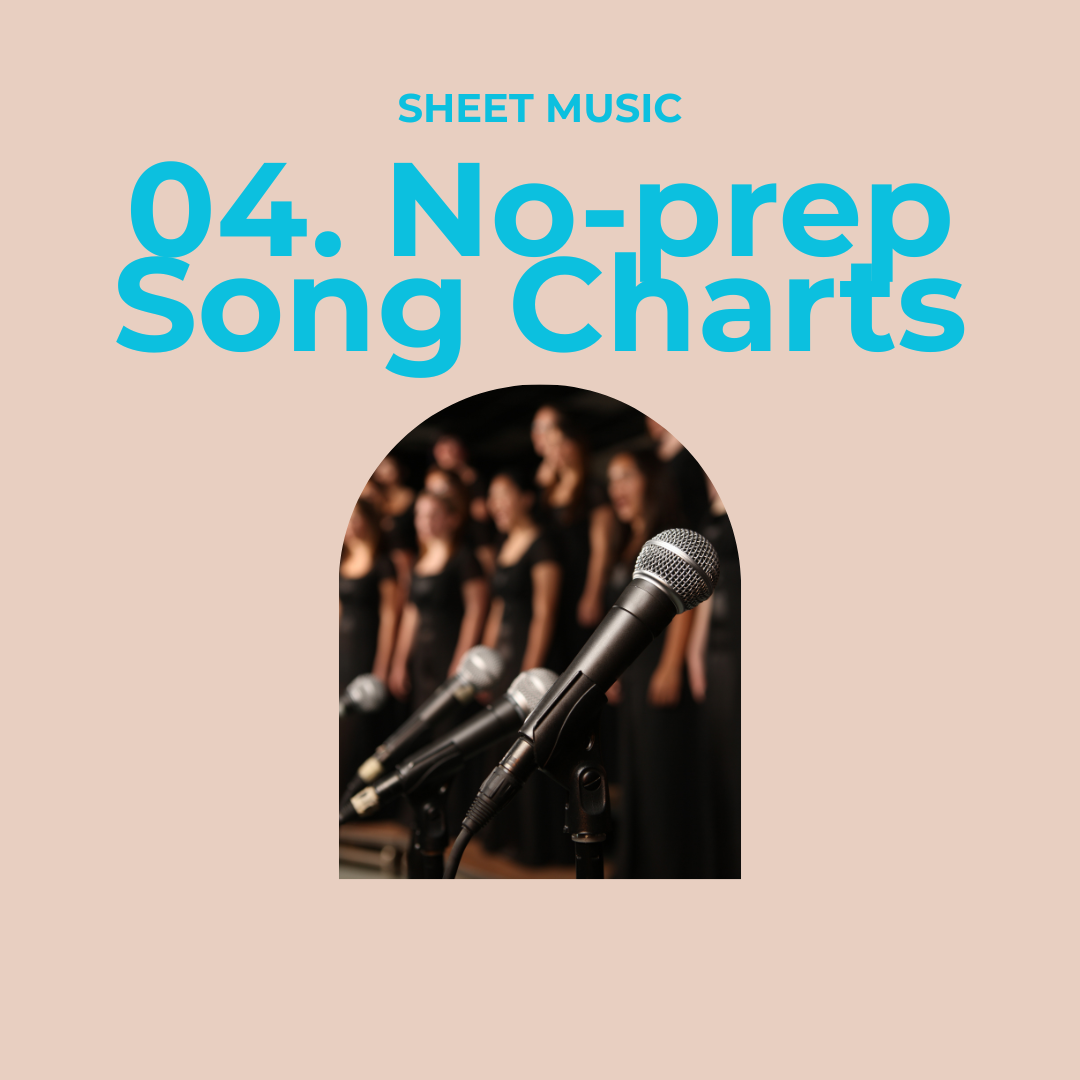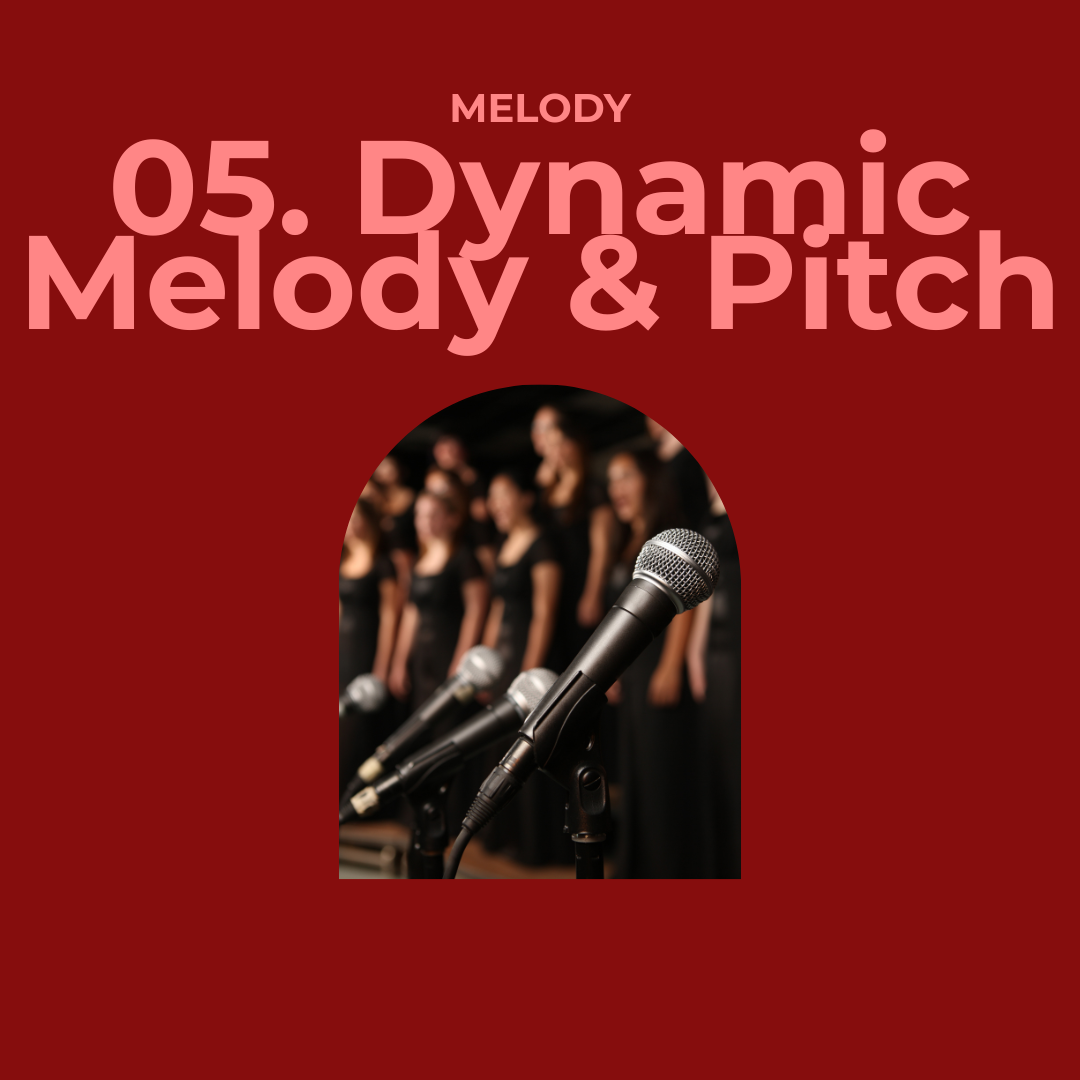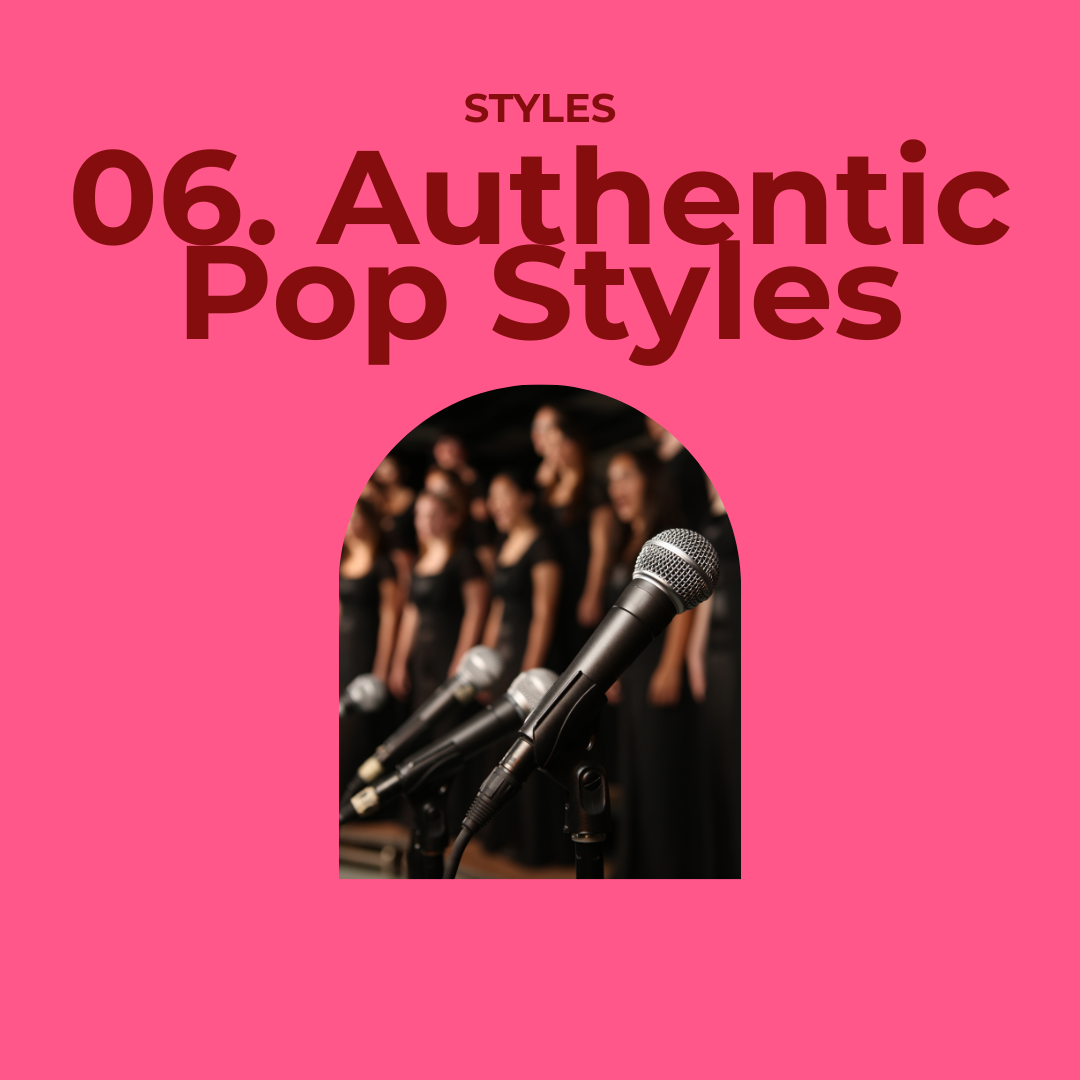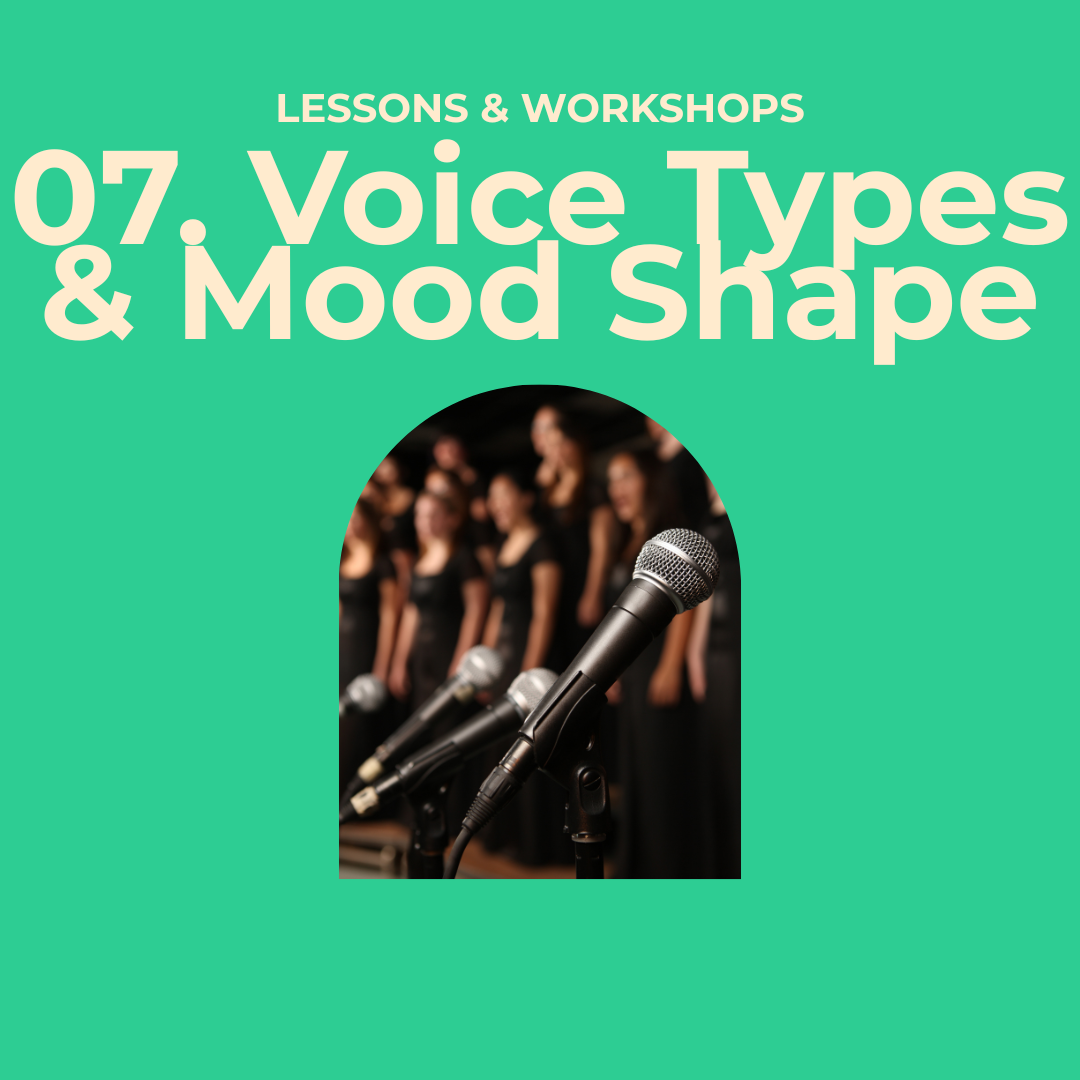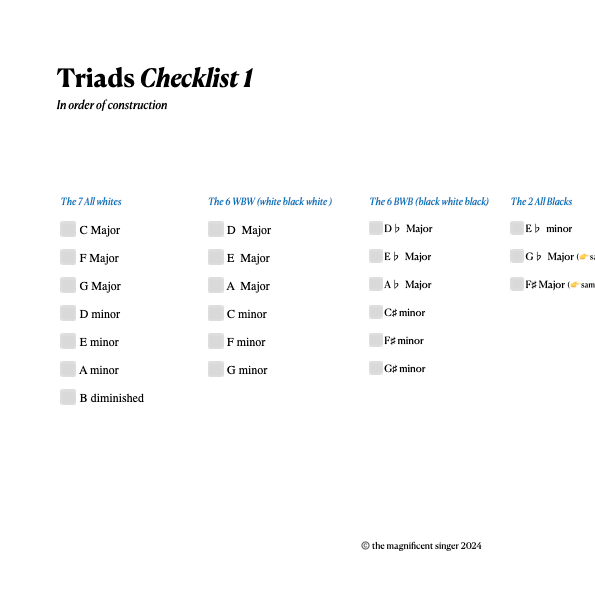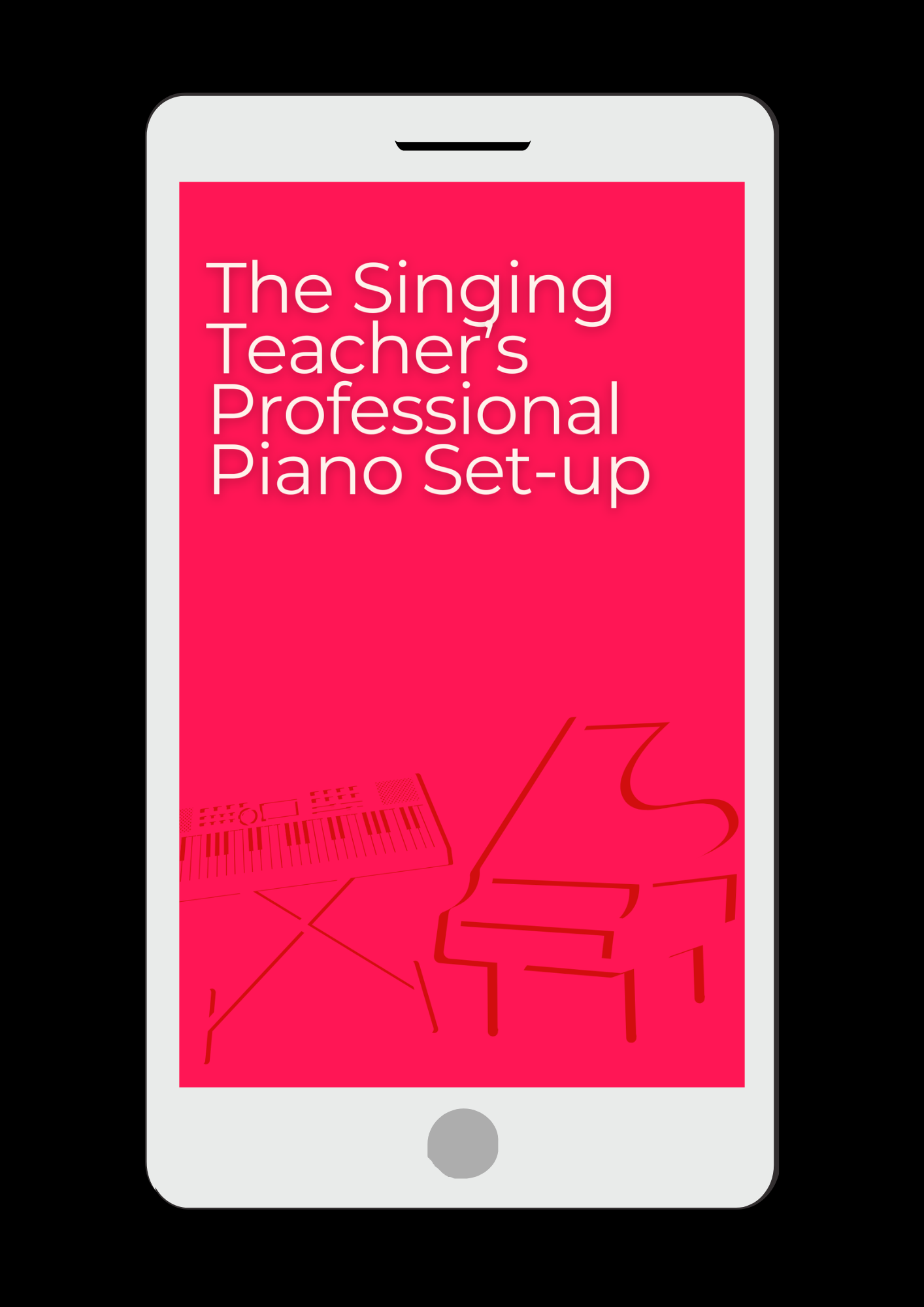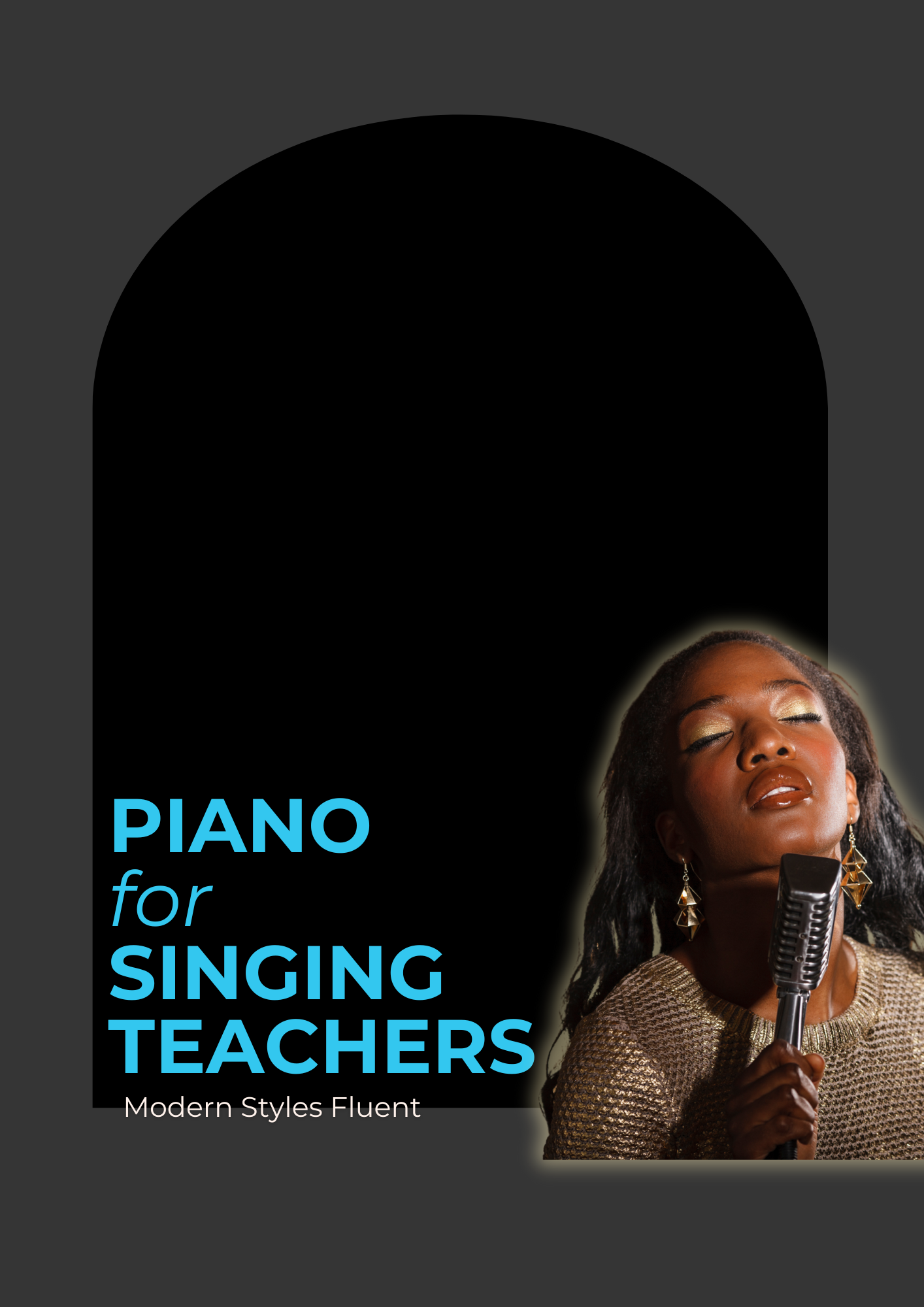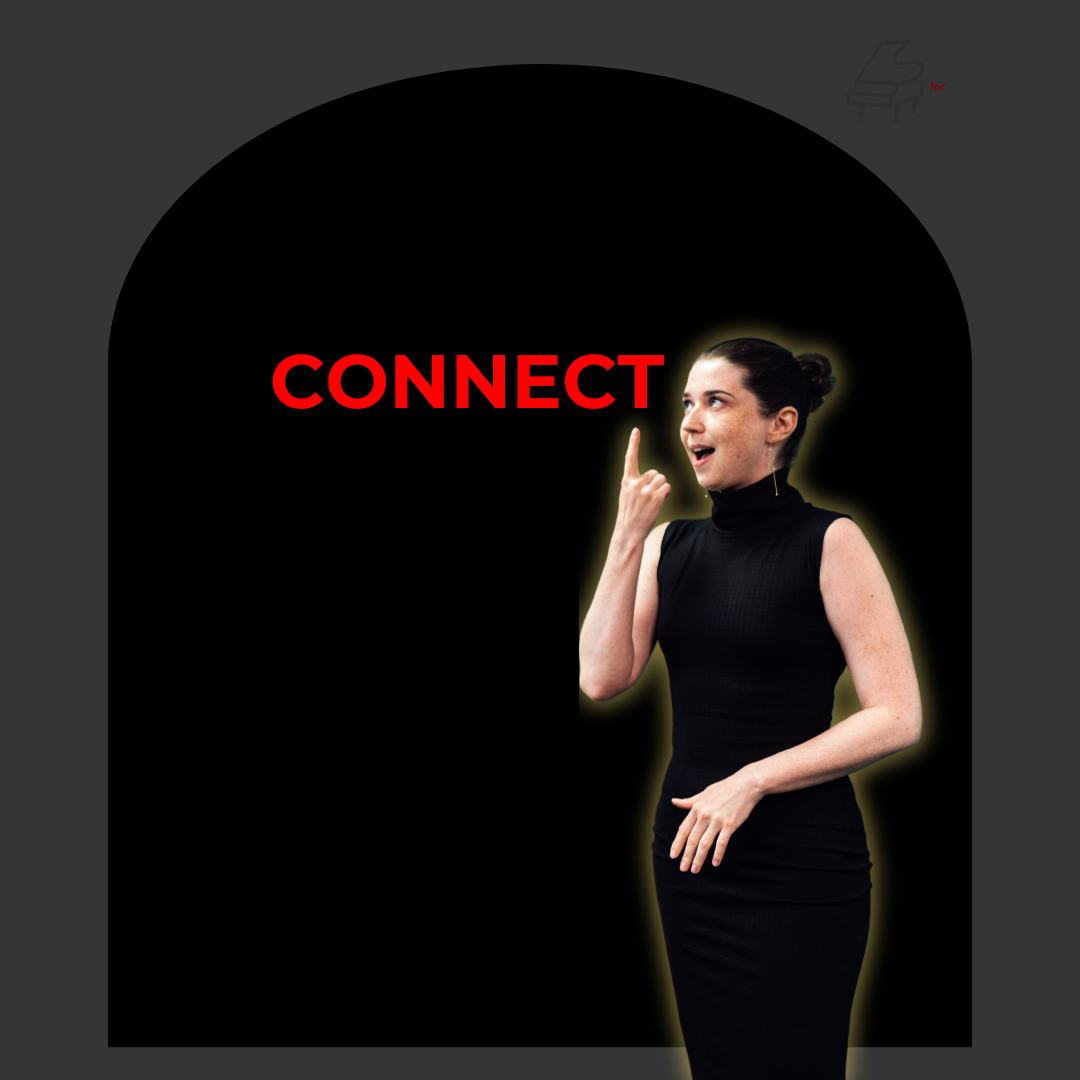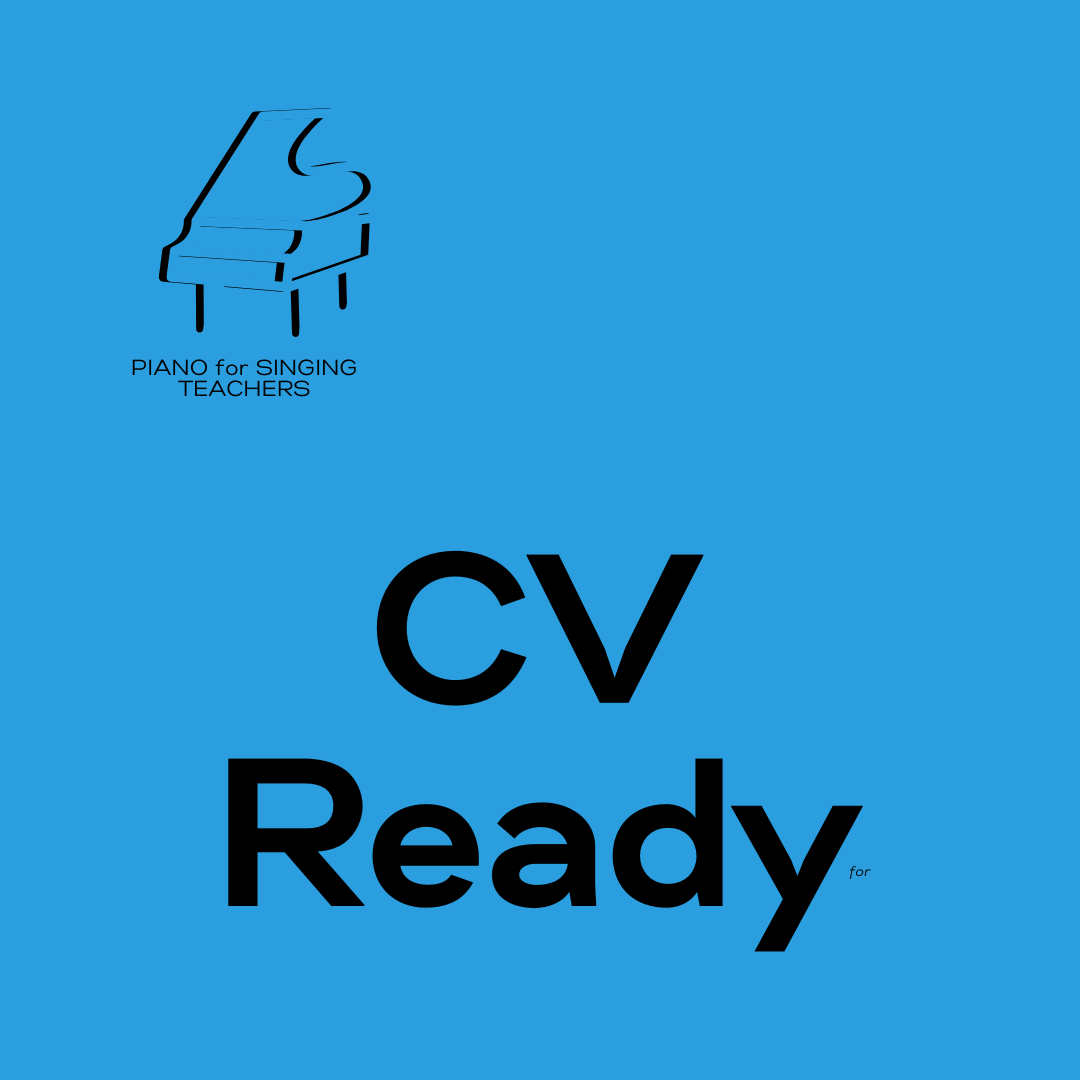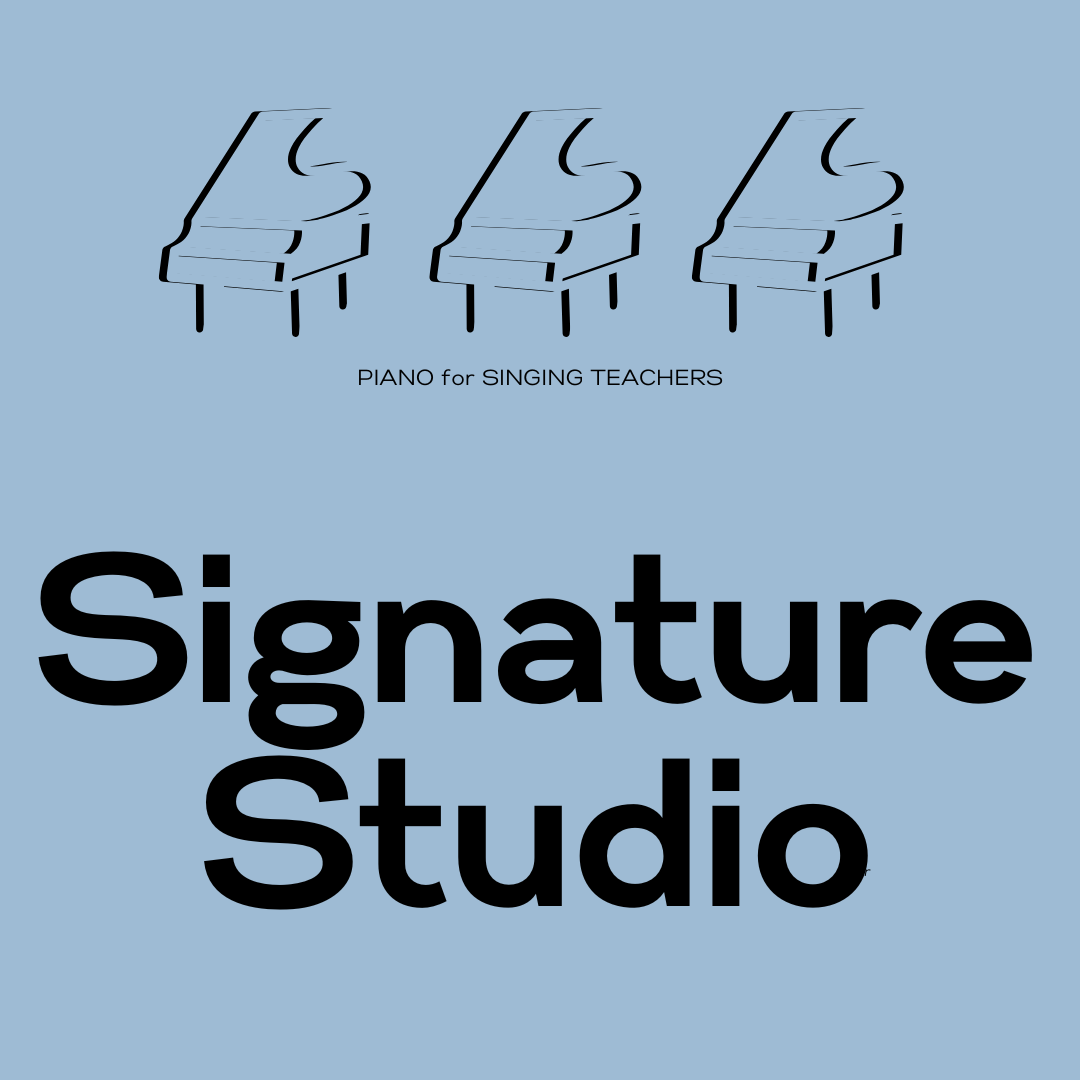I know I’m a great singing teacher—but sometimes I struggle to get that across.
Piano for Singing Teachers — Professional-Level Piano
Teach better, help your students sing better, professional development— and build the professional credibility your teaching deserves, with professional-level piano on your side.
Even if… piano isn’t a priority.
Even if… your schedule’s already packed.
Even if… you’ve tried before and given up
Without… endless practice
Piano for Singing Teachers — Professional-Level Piano
Teach better, help your students sing better — and build the professional credibility your teaching deserves, with professional-level piano on your side.
In 8 weeks, you’ll learn to use the piano confidentkly and fluently in your lessons — even if you’ve avoided it for years or it sounds like Chopin trying to play pop. having a mild breakdown in a pop rehearsal. By the end, you’ll sound, feel, and teach like a professional musician — not just a great singer who happens to teach.
Transformation — professional level piano that helps you teach
+ time — 8 weeks
+ emotional relief —
Get the professional level piano that helps you teach singing at a higher level so your students sing better, your colleagues refer you, and your career continues to grow doesn’t get stale and passe.
Teach better and reboot your singing teaching identity with professional level piano on your side.
In 8 weeks so you can continue to grow your singing career, over a complete and full singing teaching service. feel confident You’re not learning piano. You’re learning to teach better through piano.”
Use the piano to amplify your teaching, not replace your voice.
Your voice is your instrument. But the piano is your power tool.
When you can play piano with confidence, style, and flow — your entire teaching changes.
You stop fumbling for backing tracks.
You start leading musically.
You sound like the expert you already are.
Operate at a higher level with professional level piano on your side. An 8-week online piano training for time-strapped pop and musical theatre singing teachers and vocal coaches who are new to piano or simply want to feel confident using it in lessons. the peace of mind to know they are offering a complete and expertise singion teaching offer — and have a competance to confidently reach out and share your offer to new students, heads of depatrments and parents
An 8-week online piano training for time-strapped singing teachers and vocal coaches with standard piano training who are new to commercial style sty,es and chord interpretation who woudl liek to branch out piano or simply want to feel confident using it in lessons. the peace of mind to know they are offering a complete and expertise singion teaching offer — and have a competance to confidently reach out and share your offer to new students, heads of depatrments and parents
The goal is simple, accurate and MUSICAL playing taht you do intutively — as you focus on your student Being able to cope wwith and respond to different energies , different personalities as they come to you. Have a powerful professional teaching tool to support your voice demos — so you are bot shattered at teh end of a day teaching because — conserve your speaking voice and by exctention toue teaching voice Have anon-threathening teaching tool. Avoid the comparison trick — intimlateing, off putting for teh studnet who doesnt dig waht tyou do Or you simply want to rest uour voicel
GET the specific piano skill specific
so you can competently and musically play fluent piano for song accompaniment vocal tech exercises, melody break downs, teaching harmony parts,
- and effectively get deeper into your teaching philosopy and unique methodology or teaching approach
so you feel balanced
and can confidentkt use the piano to communicate
This is about learn piano to teach singing
Get better piano to teach better singing.
Piano is a powerful professional Teaching Tool.
On teh one hand , you know it’s your singing expertise that truly moves the needle for your students — BUT! The piano is an excellent and powerful tool for communicating that. It’s one that heads of departments , parents and fellow collegaues fall on gratefully. Unfair? Possibly. But we have to remember — the ones that have control over out singing teaching career don’t always understand the difference between one great singing teacher and another vocal coach. The piano moves in their world. It also proves you are not
co
The Hidden Assets of Playing Piano.
Singers operate heavily in teh world of melody, lyric and story telling. And let’s face it — just making a nice sound, singing in tune and finding our performance style tales a while and can be hard going. Added to that, our instrument is — for once not an exaggeration genuonely unique — and more accomplished tend to move into
So it’s understandable why otehr aspects to music — rhythm, harmony, texture, gets
There’s a cross over point — where teh more accomplished singer start thinging about their ouwn sound — particulrly in teh world of commercial singing — where often anything goes, — and and a less than balanced technique (what singing pedgigist would camll good singing) is forgiven if they have that elusicve something desirble to teh audience.
Thsi is where the piano gets handy. Not really for your student — but for you!! .
Singing and piano iare just so different
- button pressing, logical. The piano can be highly mathmatical. And tactile. (Srevie wonder and his writing in black keuys — coded.
Doing both is brilliant (I am completely biased.)
Apparently listening and reading helps your brain co ordinate
And for me there;’s something in that.
Singing hekps me be more musical
Piano helps me understand
I LOVE playing them both.
Good for you! Haha. So how does that help me teach.
Well, students arrive with all sorts of brains and ways of understanding. We don’t knwo rhat - until we are teaching the,
I find
— The instrumentalist — who wants to sing
— The teenager — who because now Im anciet — doesnt relate tp me aor my singing — but
— The adult who isn’t interested in what teh heck all these singing technical words are (yawn!!) but ther can see — teh shal eon teh piano.









